
Projects
Hessian scientists of various disciplines are using High Performance Computers for their research.

Hessian scientists of various disciplines are using High Performance Computers for their research.
Displaying 1 - 30 of 68

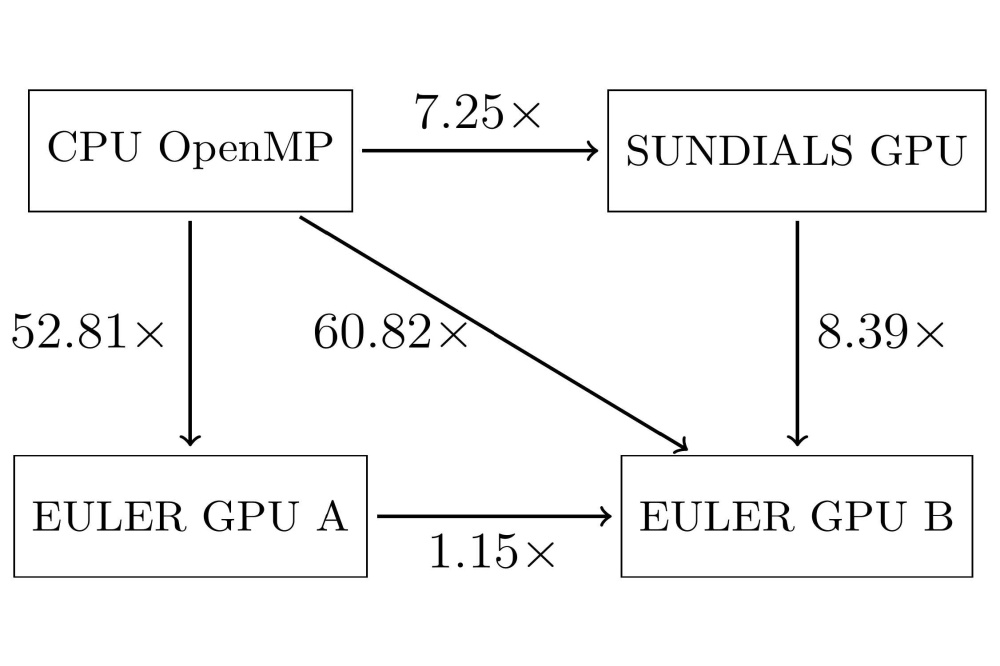
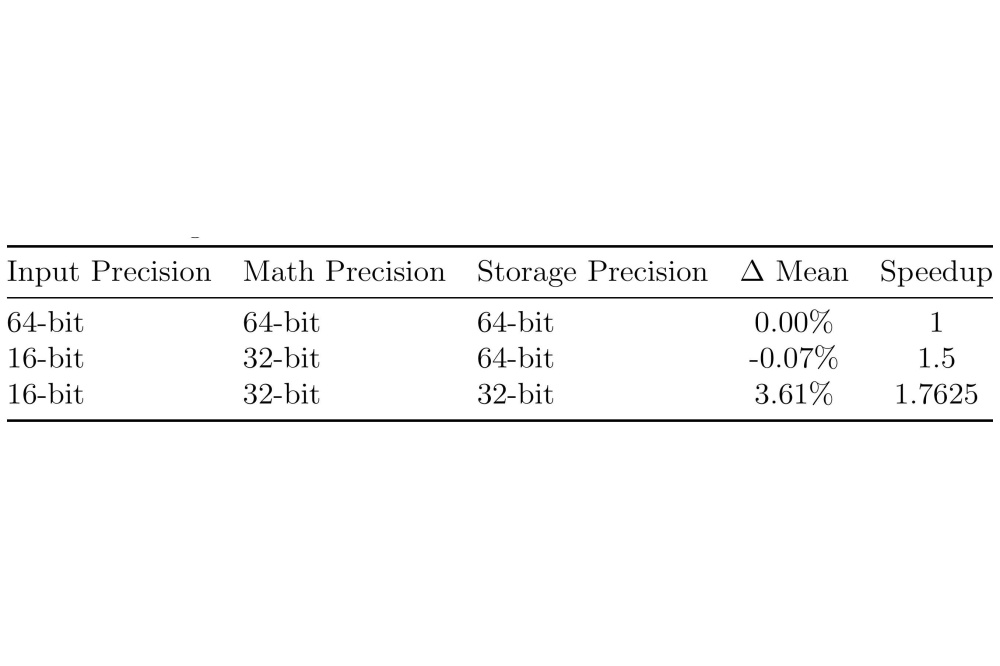
Predicting the lifetime of components designed for very high temperatures is crucial for improving the efficiency and ...

Hydrogen has emerged as a crucial element in the pursuit of decarbonization and the transition to a sustainable energy ...
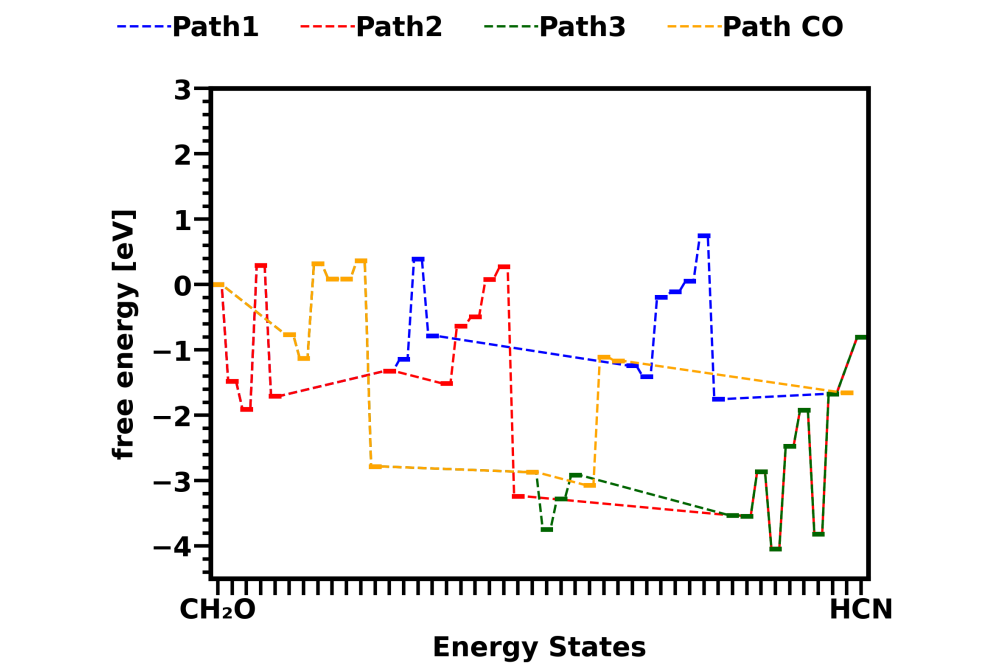
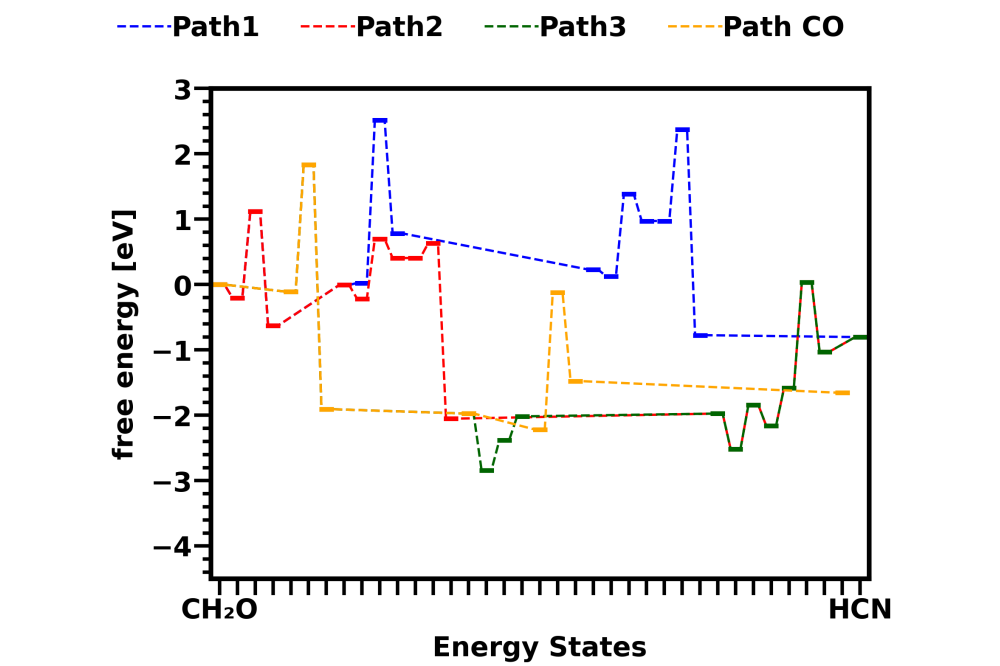
Biomass-derived fuels are promising candidates to replace traditional fossil-based fuels for mobility and propulsion but ...

The investigation of novel or optimizing established processes is of paramount importance in chemical engineering in the ...

The industrial production of high-density polyethylene (HDPE) through the catalytic polymerization of ethene is an ...

The polymerization of low-density polyethylene takes place at high temperatures and pressures up to 3000 bar. Under ...

Germany has the ambitious goal of covering all electricity generation by renewable sources by 2045. The Kopernikus ...
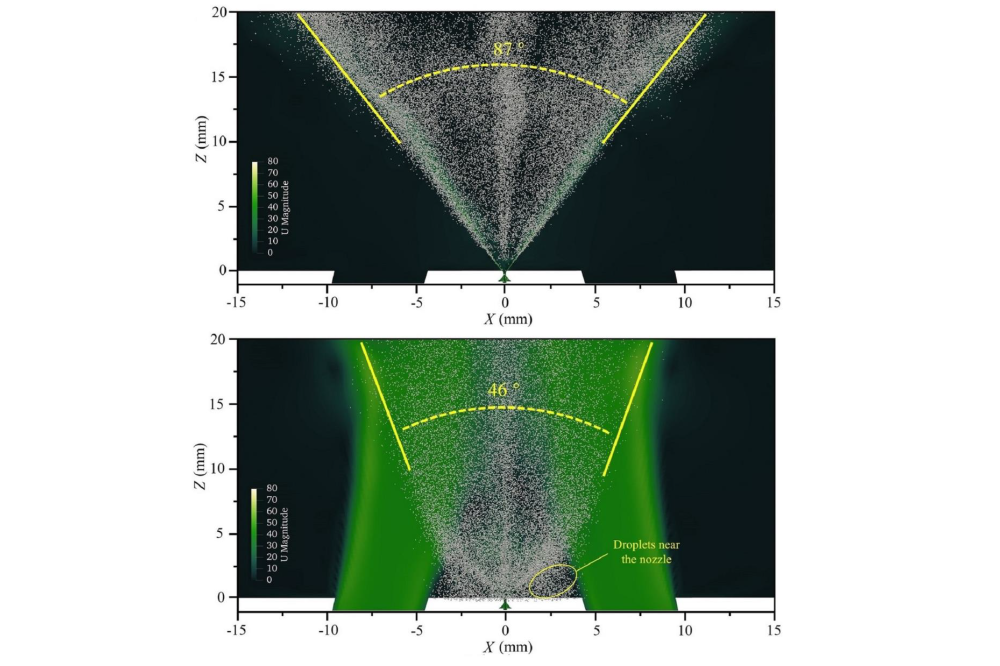
In response to the growing need for sustainable energy solutions and emission reduction, gas turbines offer a viable ...

Laser powder bed fusion (LPBF) is an additive manufacturing technology involving a gradual build-on of layers to form a ...
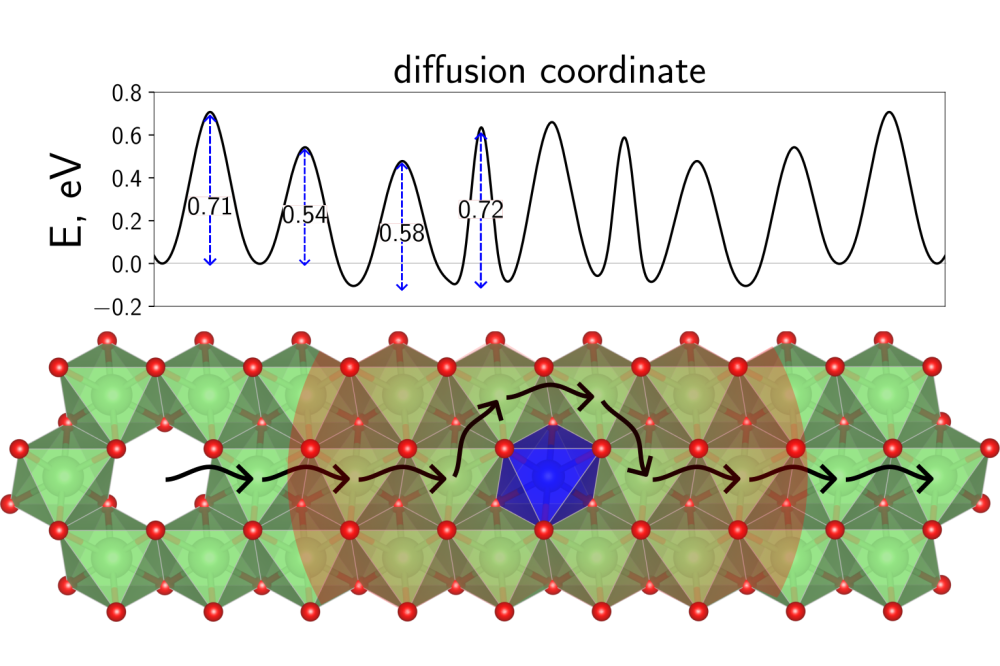
Layered transition metal oxides, derived from the model system LiCoO2, are used as cathode materials in Li-ion batteries ...
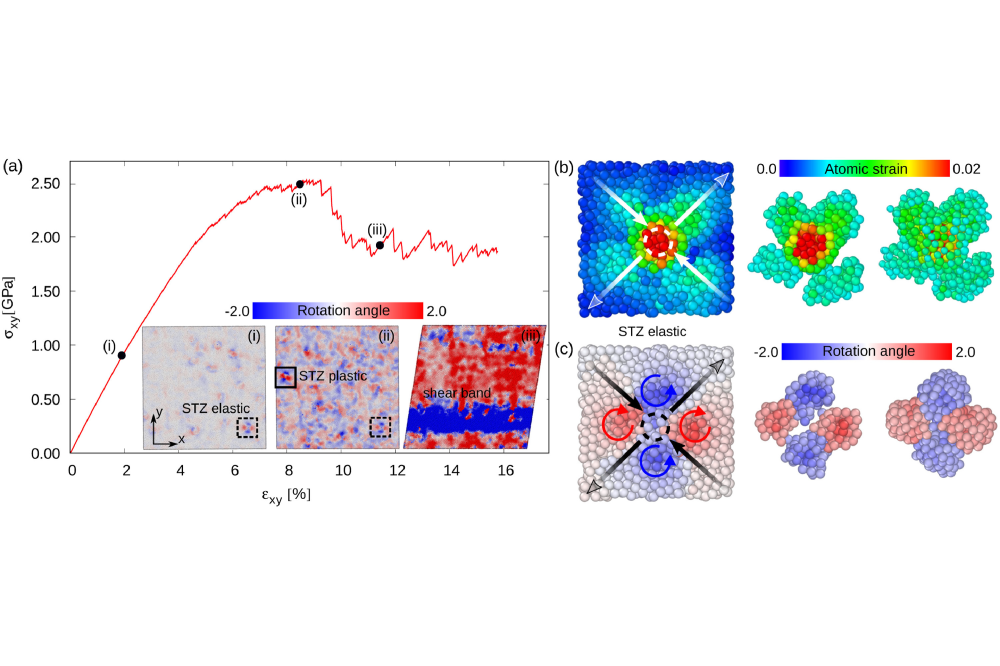
The application of metallic glasses (MGs) is limited by their brittle behavior at room temperature [1]. In order to ...
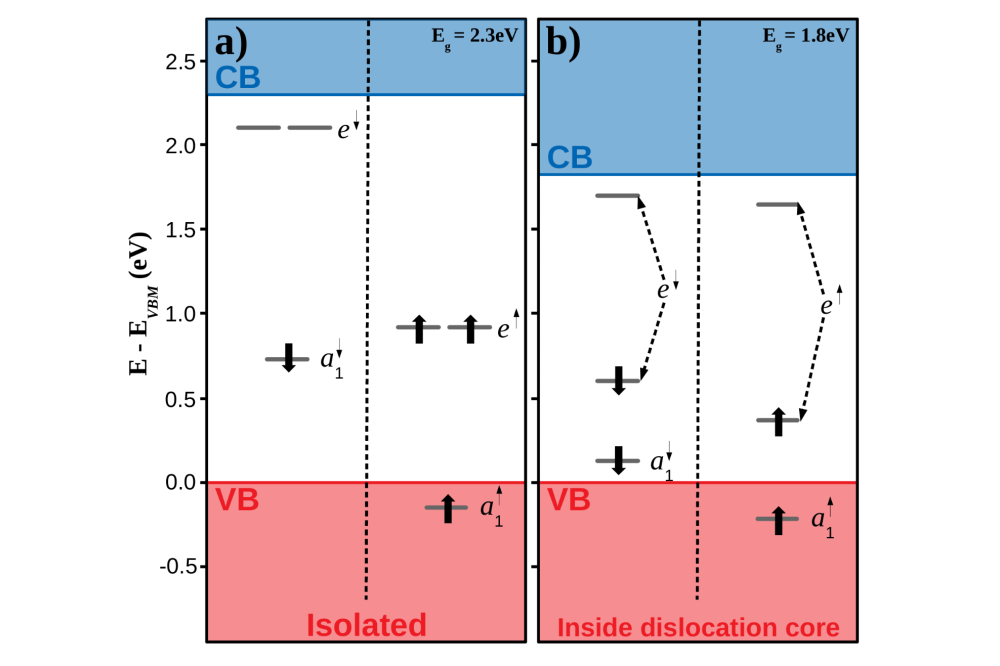
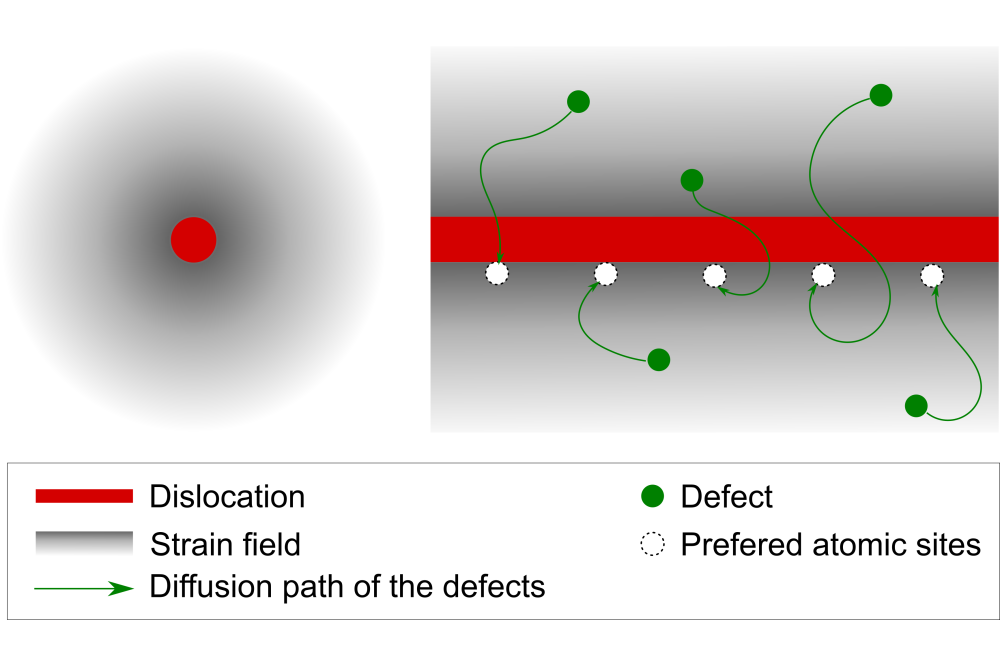
A quantum computer is a device that exploits quantum behavior to solve a computational problem that cannot be tackled ...
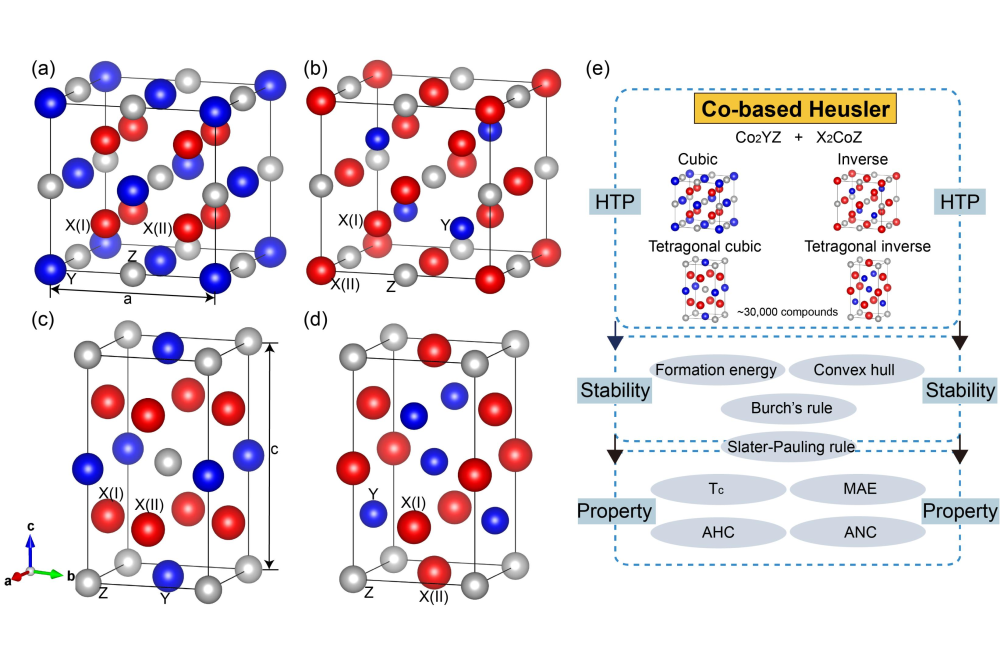
Heusler alloys are a remarkable class of intermetallic materials with a wide spectrum of intriguing physical properties ...

Optoelectronic materials have attracted significant attention owing to the global energy shortage and environmental ...
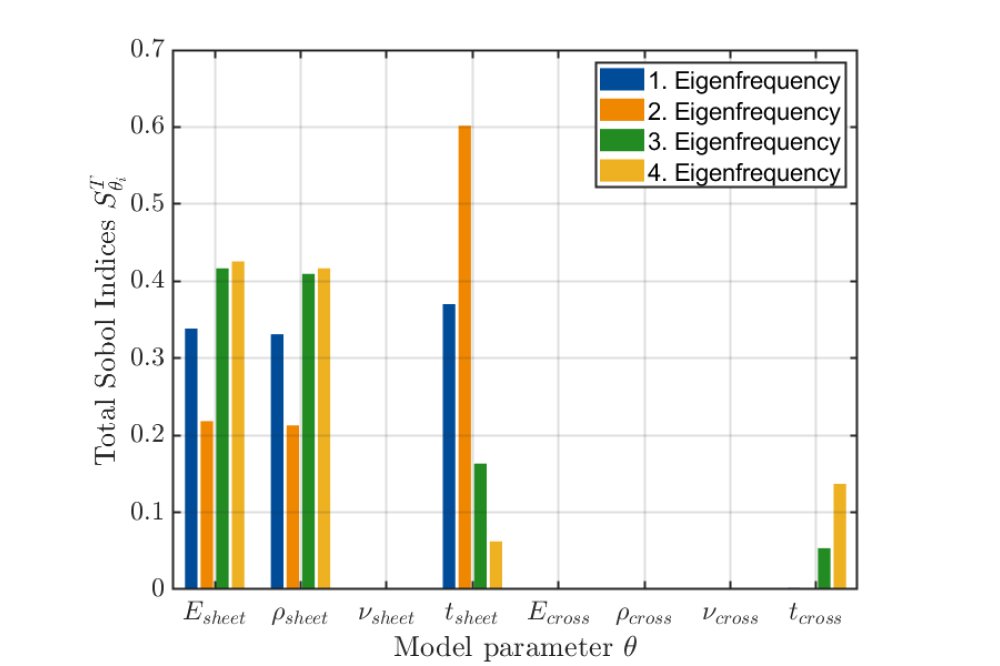
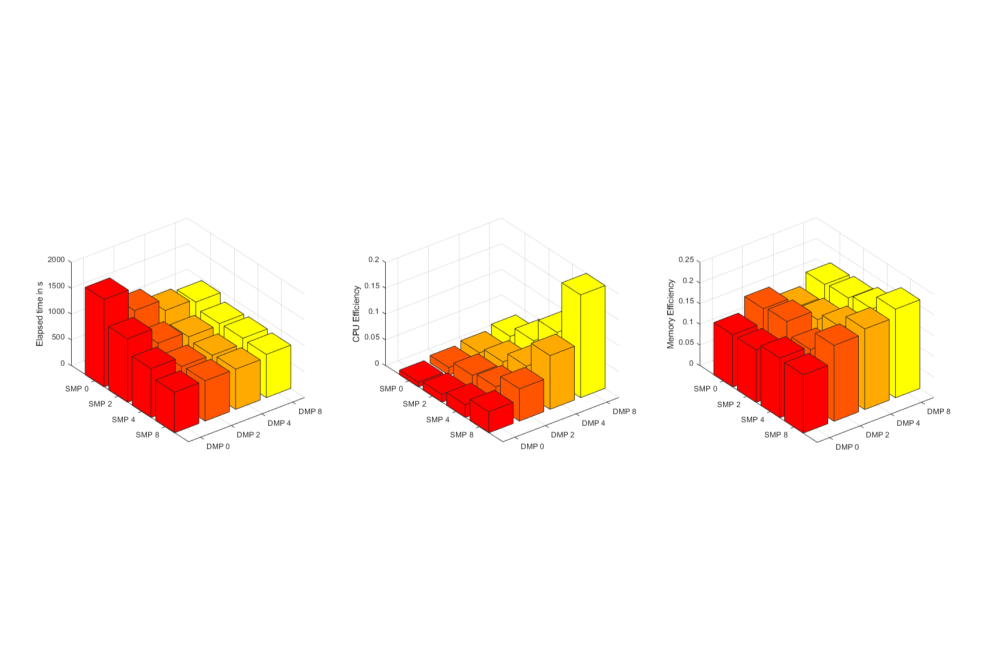
Vibroacoustic vehicle behavior specifies among others the quality of vehicles and contributes to customer satisfaction ...
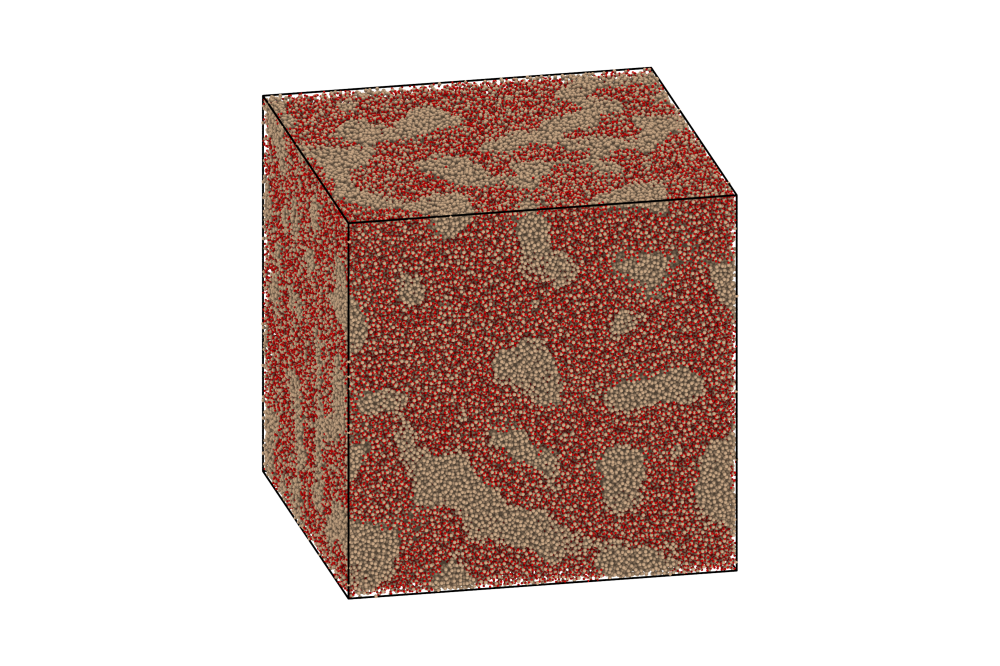
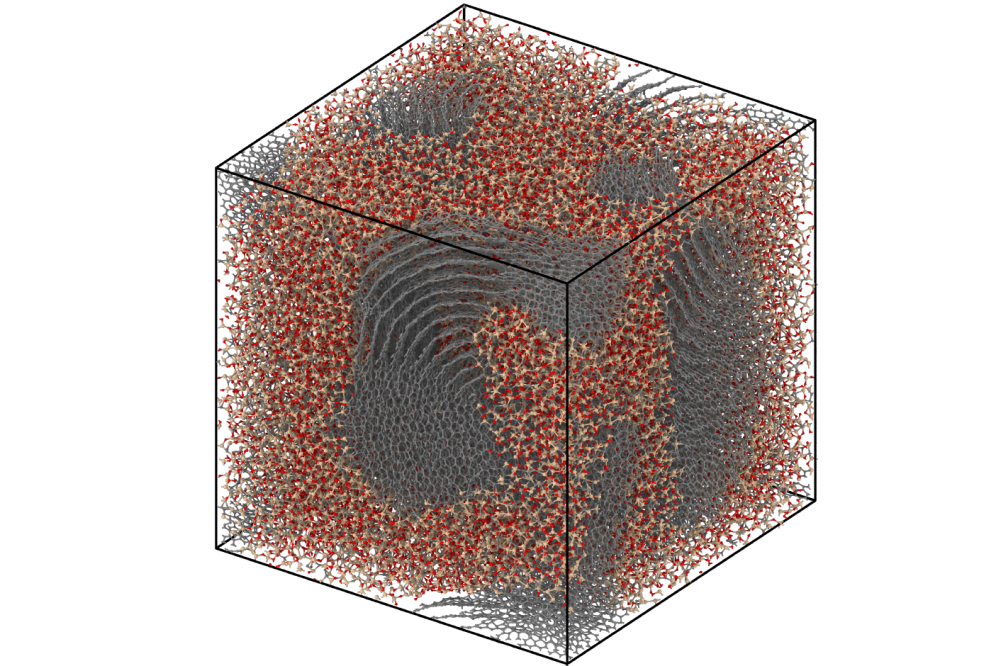
To understand and study complex materials at the atomic level, it is essential to be able to calculate forces and ...

The low-density polyethylene polymerization process takes place at high pressure and temperatures. Knowledge of the ...
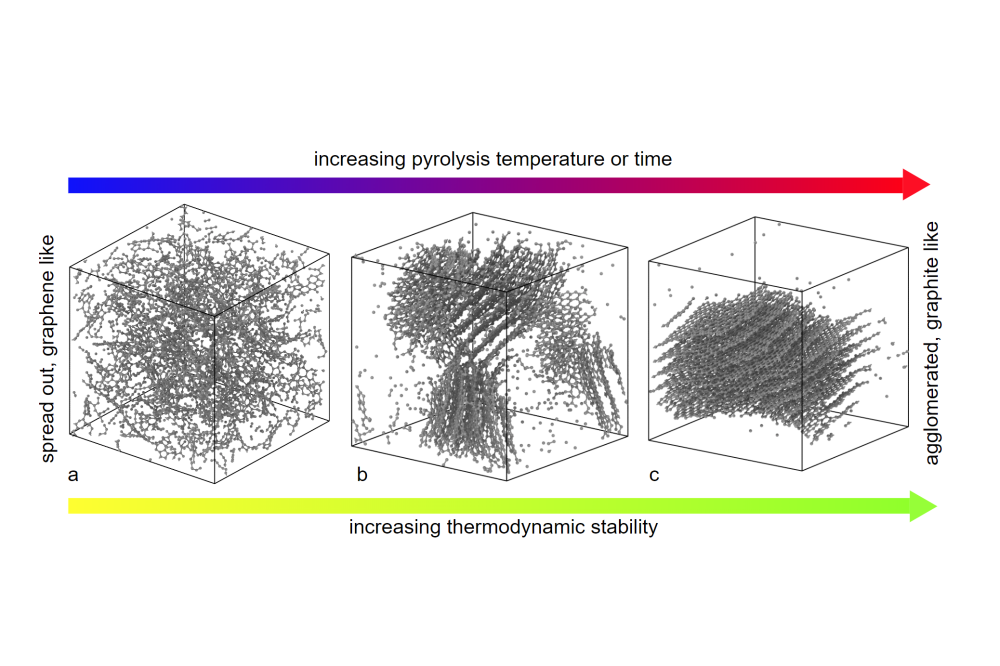
The simulation of materials on the atomistic scale requires a description of interatomic interactions. Quantum ...
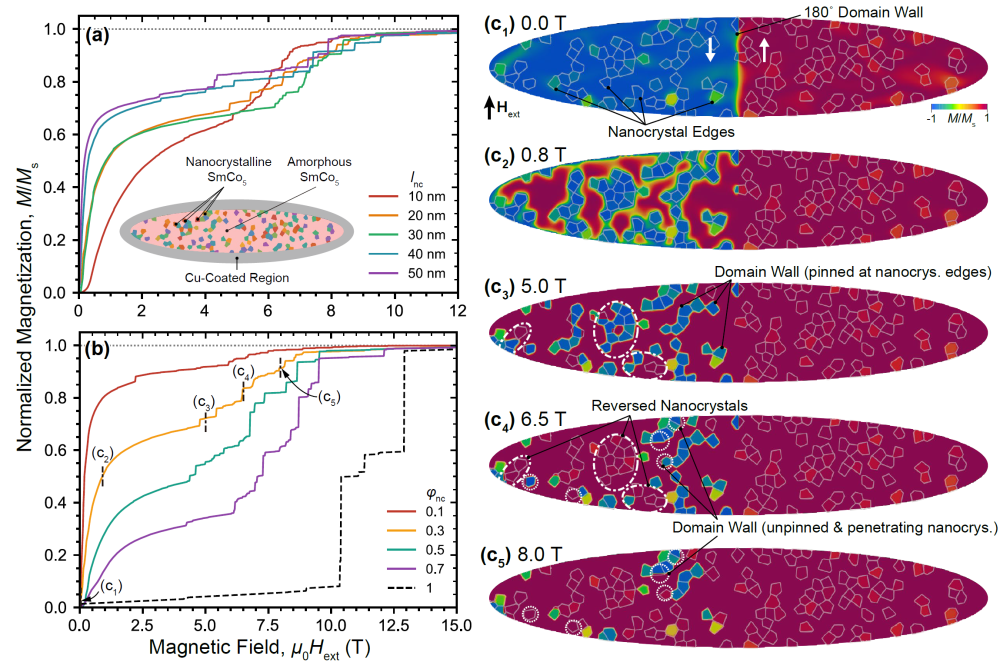

Along with technological advancements, the search for better-performing functional materials is also deepening. Having ...
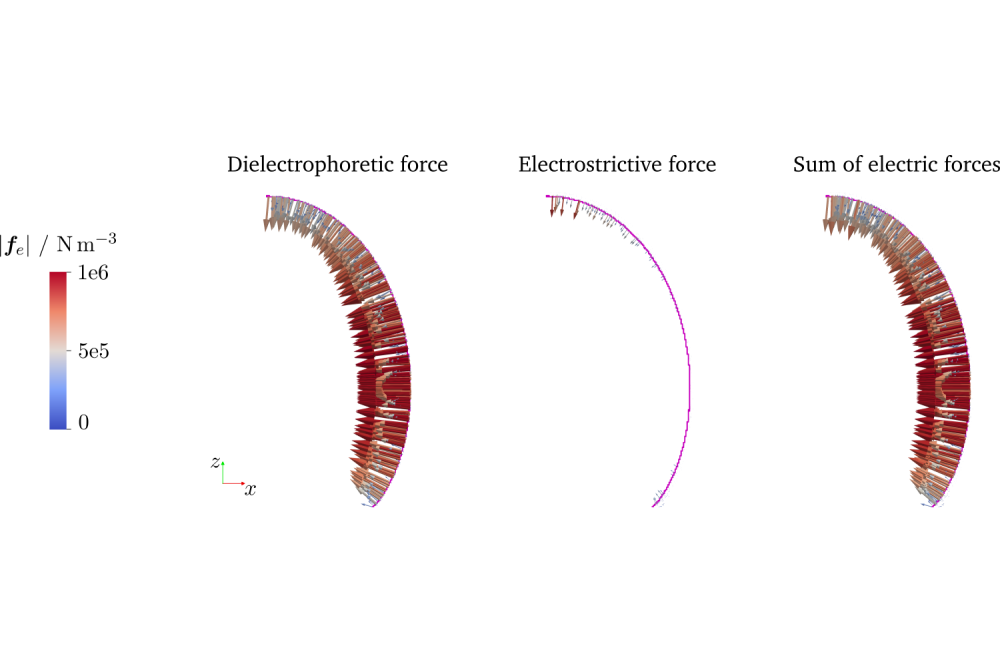
Nucleate boiling is a very efficient heat transfer mechanism. It is used in a wide variety of applications on Earth ...

Detailed multi-scale modelling provides in-depth insights into the complex phenomena of catalytic systems that typically ...
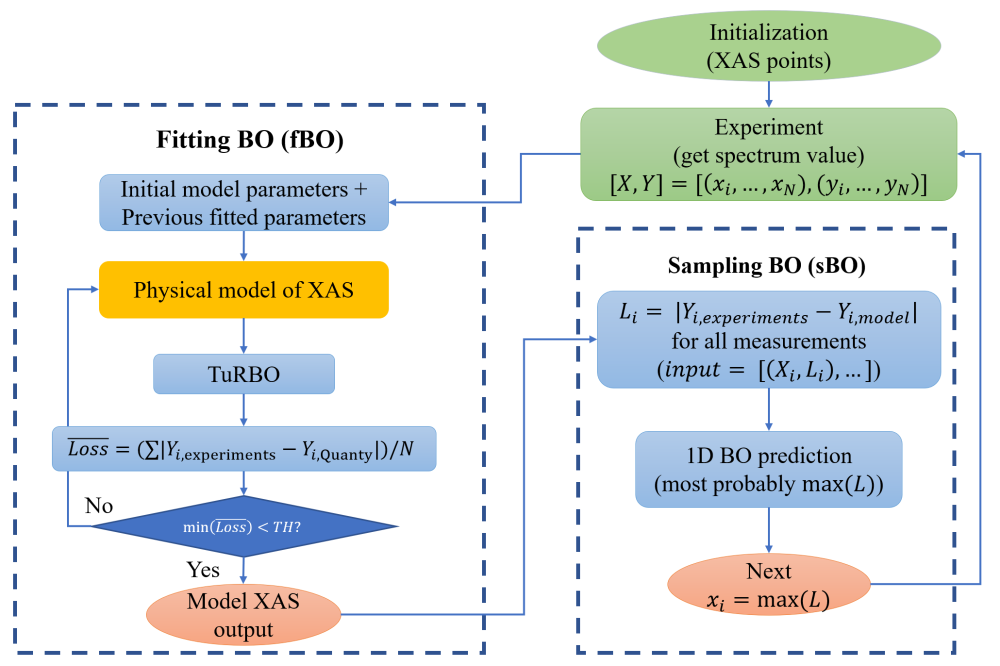
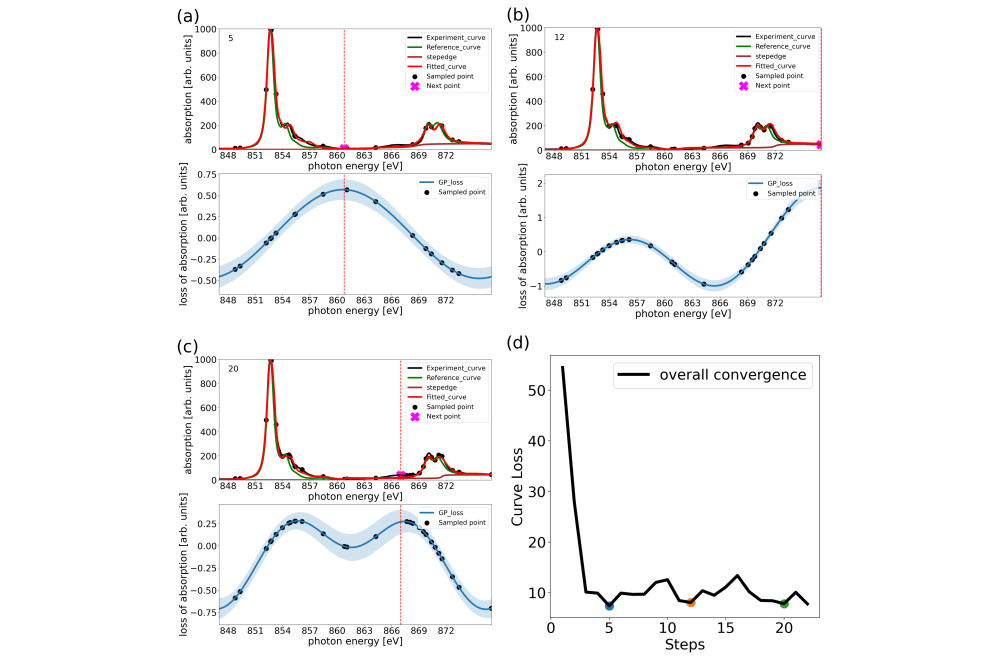
X-ray Absorption Spectroscopy (XAS) is a pivotal technique in material research, requiring numerous sampling points for ...
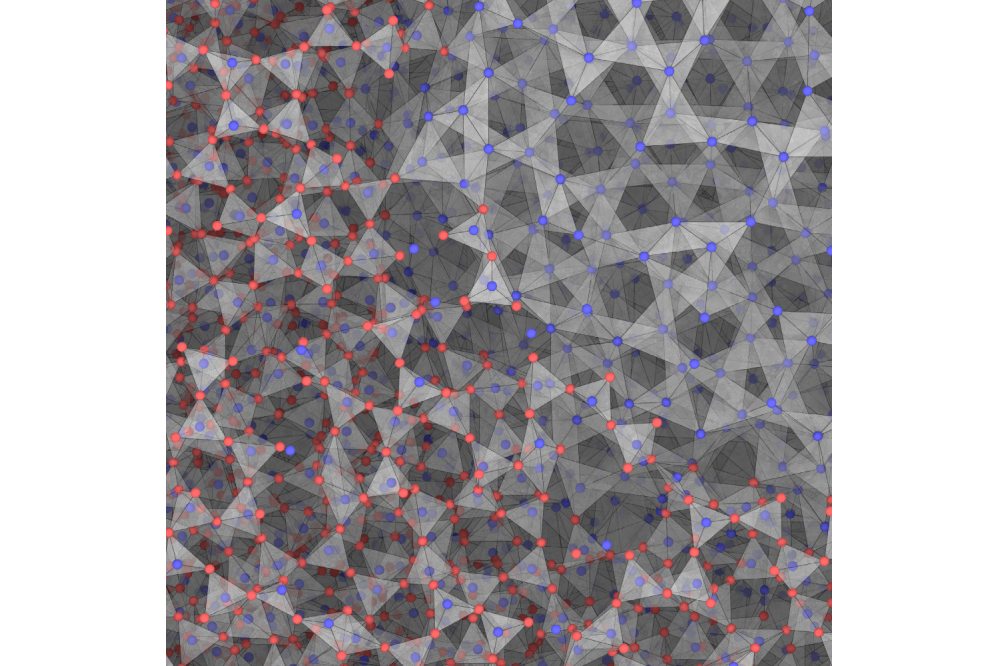
Nowadays, atomistic simulations are becoming more and more important. Due to the increasing availability of ...

Fracture is an everyday phenomena which describes the partial or full separation of a body. Fracture is driven by ...
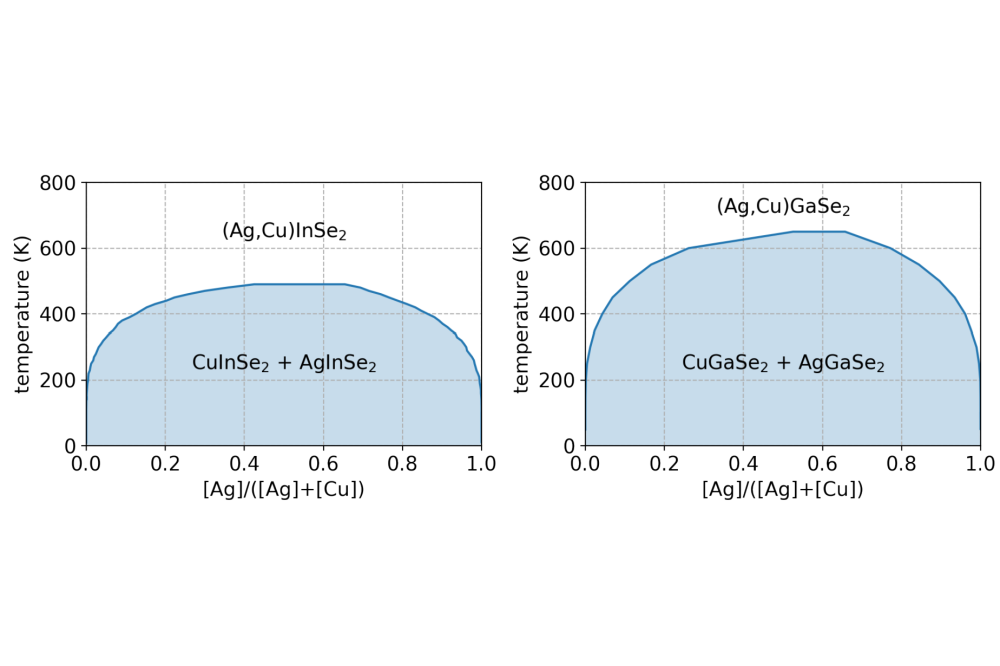
The compound semiconductor system Cu(In, Ga)(S, Se)2 (short: CIGS) forms the basis for the currently most efficient thin ...

The prediction accuracy of models is affected using deterministic parameters. That is because the uncertainty of these ...
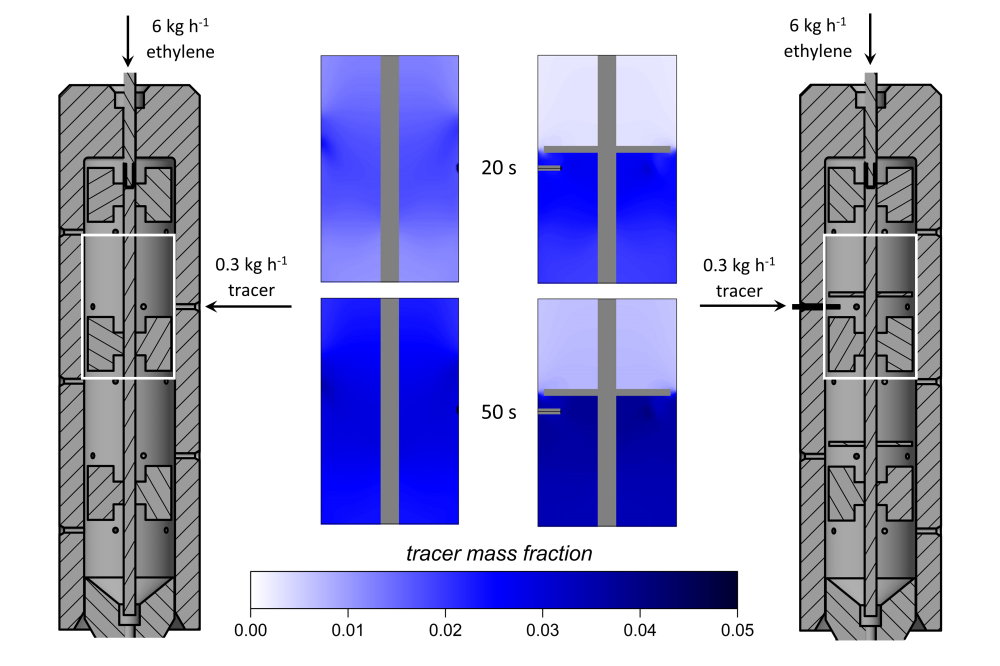
At industrial scale low-density polyethylene (LDPE) is produced at pressures up to 3000 bar in autoclave or tubular ...
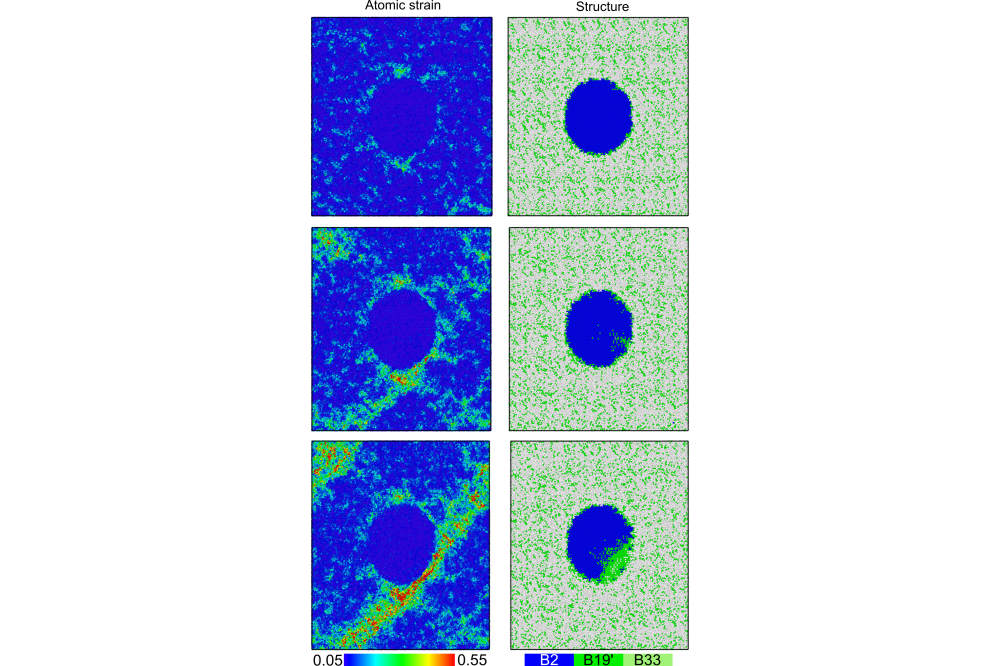
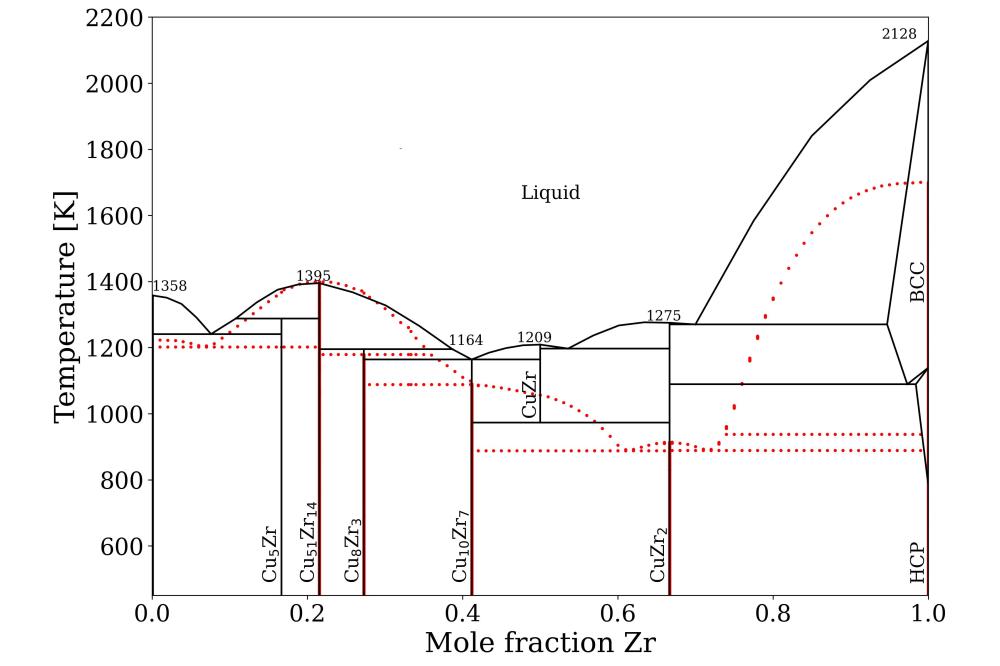
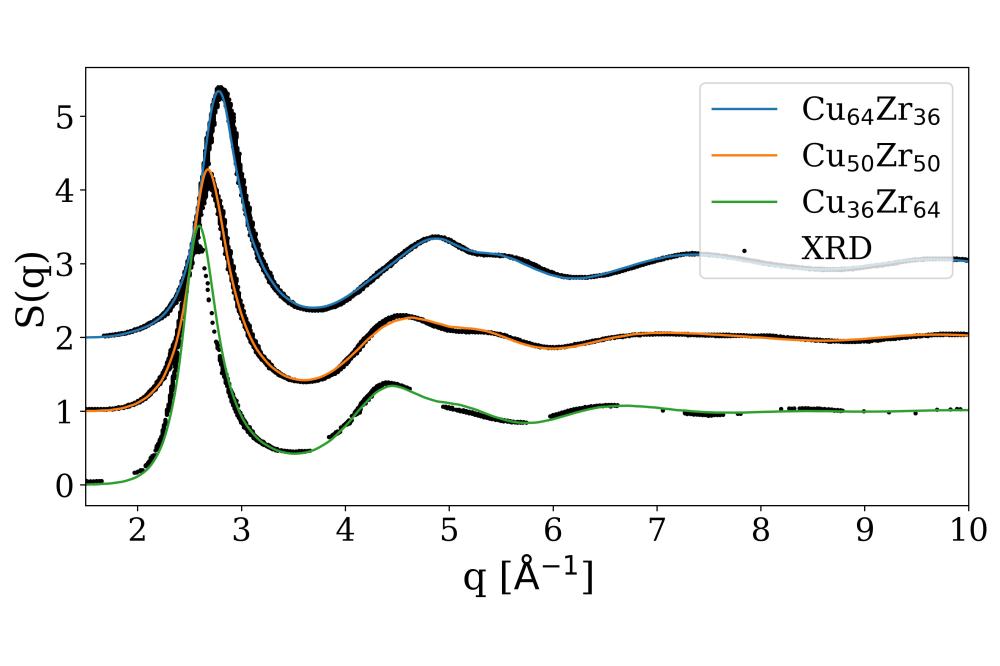
Metallic glasses (MGs) can be produced by quickly quenching alloy melts. They typically show a higher elastic limit and ...
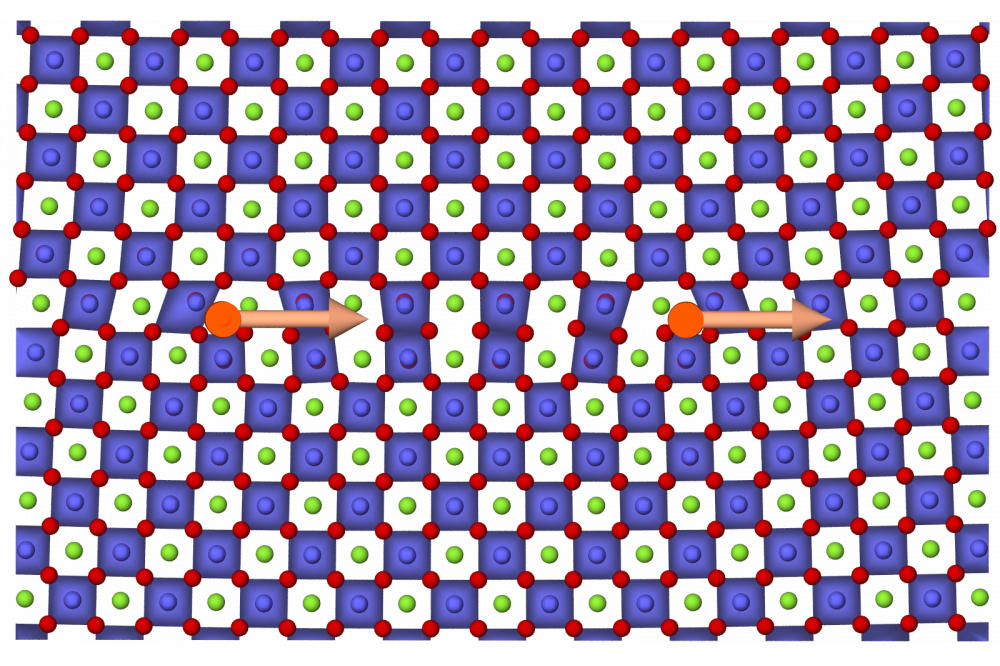
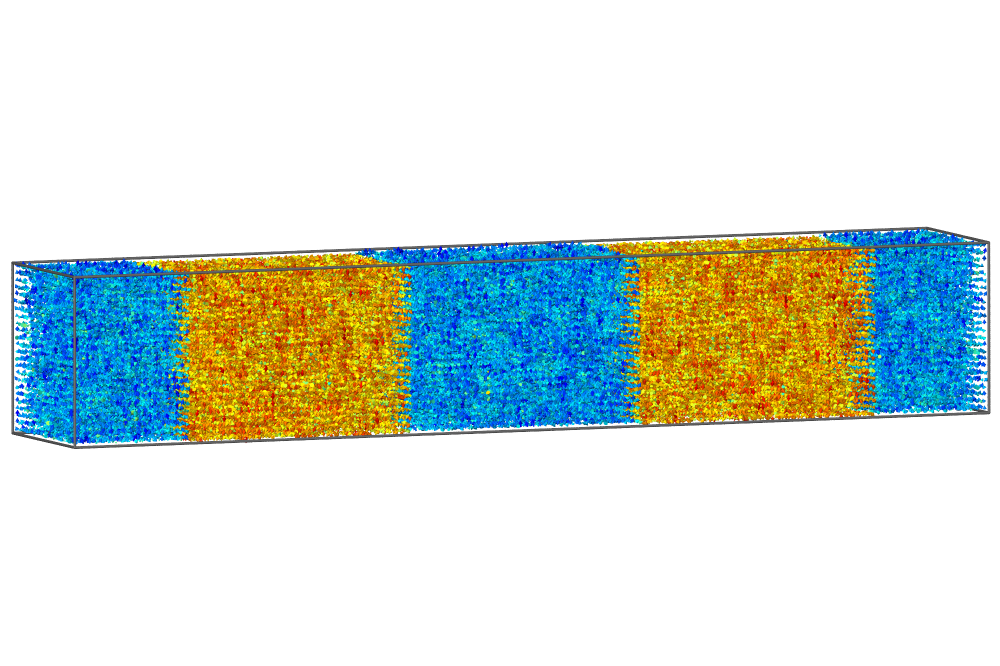
Ferroelectric ceramics with perovskite structure can be used in novel cooling applications based on the electrocaloric ...
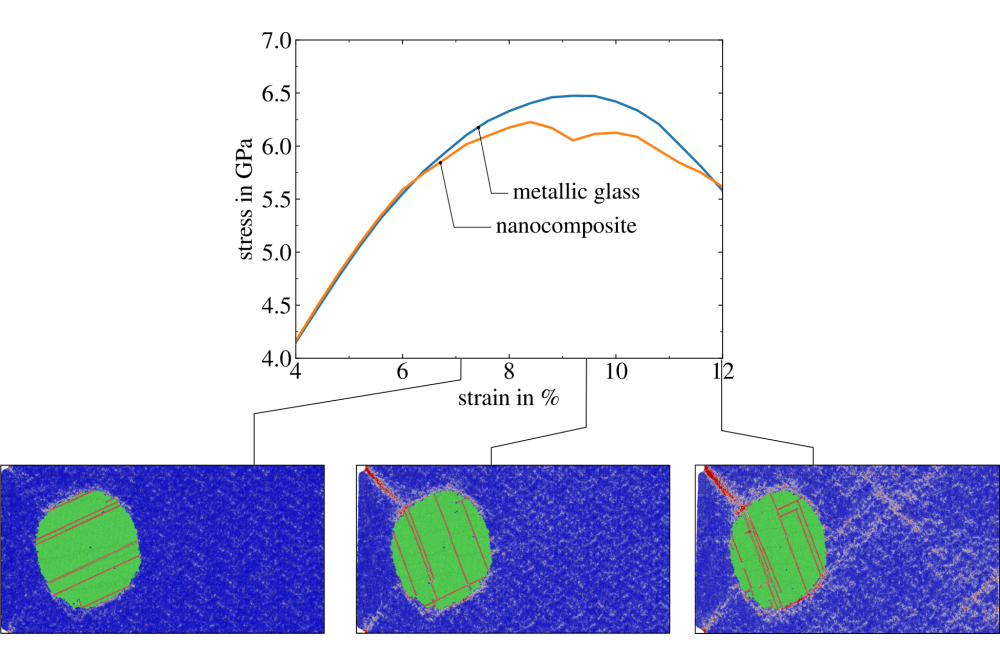
Since their invention in the 1960s, metallic glasses (MGs) gained great attention due to their high strength and elastic ...



